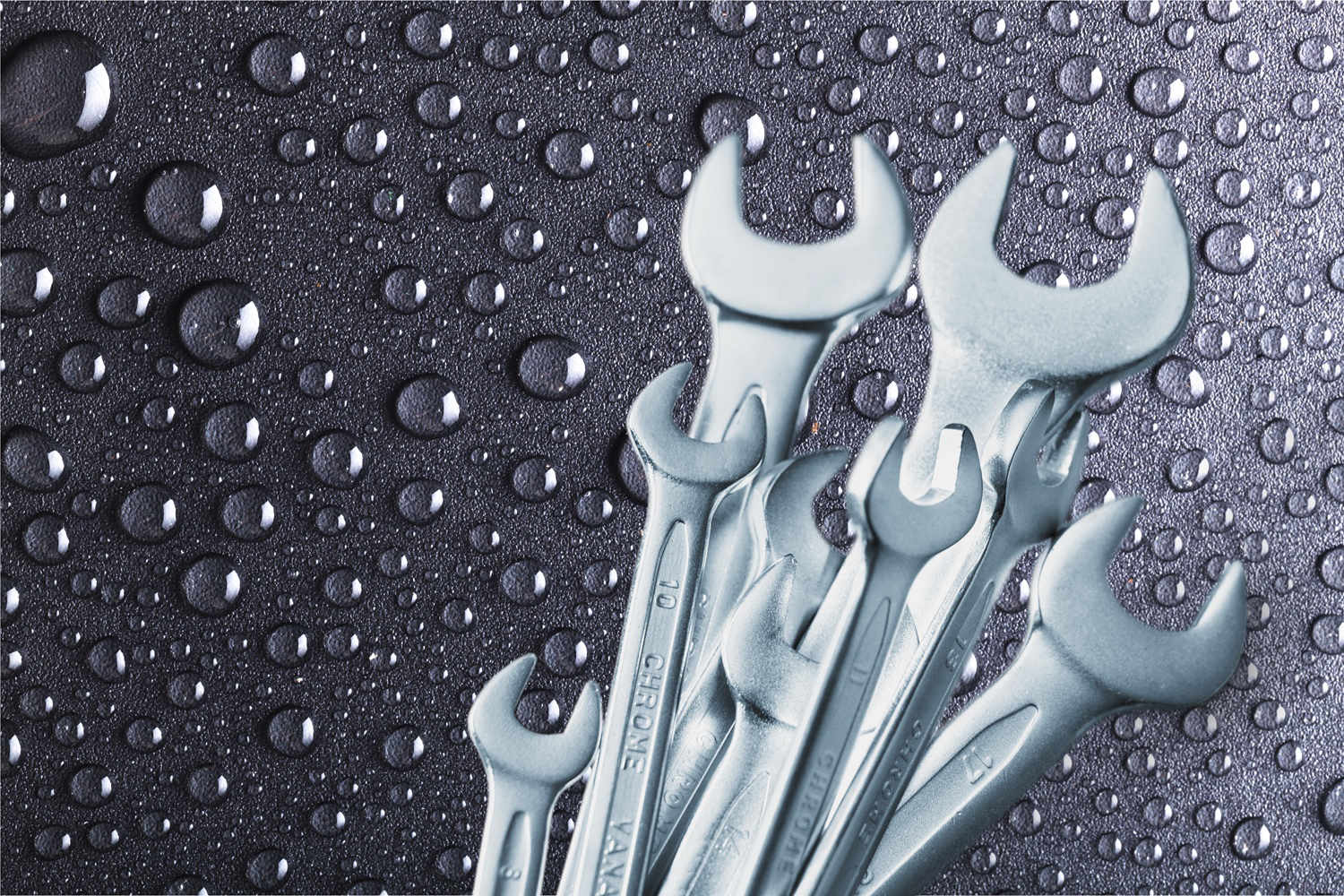About London’s sewerage system – By your favourite plumber in Dulwich
Our capital city’s sewerage system might be hidden underground, invisible to everyone except the brave people who go down there and risk their lives dealing with fat-bergs, but without it London would fall apart in a few days. Imagine the terrible stench you’d get from the massive mountains of waste dumped by more than eight million people every day?
When Sir Joseph William Bazalgette, the 19th century engineer, created a sewer network to rival any in the world, he did a lot more than simply rid the city of the ‘Great Stink’. He made changes that would last well over 150 years, and probably saved many thousands of lives that would otherwise have been lost to filth and disease.
As a popular plumber in Dulwich, now and again we find ourselves encountering corners of the capital’s hidden sewerage network during our everyday work. It’s fascinating. Here’s a potted history of it.
About London’s sewerage system
Bazalgette’s original sewer system is now owned and run by Thames Water, and it caters for almost all of Greater London. But roll back time 150 years and the mighty Thames was nothing more than a stinking mess, thanks to the huge amounts of sewerage being dumped directly into it. Public health took a blow, thanks to regular cholera outbreaks and the horribly unsanitary conditions. And the smell was indescribably bad.
The reasons for the water supply’s contamination with cholera was diagnosed correctly by Dr John Snow in 1849, but people still believed it was down to ‘miasma’ – AKA bad air. Plans for a new system were made, and didn’t happen thanks to a lack of money. But the famous Great Stink of 1858 saw the government – which was driven out of the Houses of Parliament thanks to the stench – finally take steps.
At the time Joseph Bazalgette was a talented civil engineer, employed as Chief Engineer of the Metropolitan Board of Works. He took responsibility and designed an awesome underground sewerage system to divert waste to the Thames Estuary, away from the city. It wasn’t ideal. Nowadays we know it’s crazy to swill raw sewerage directly into our seas and rivers, but back then it seemed like a clever thing to do. And it worked.
Bazalgette created six major interceptor sewers a total of 100 miles long, some following the routes of ancient lost rivers like the Tyburn. These were fed by 450 more miles of tunnels, which were in turn fed by another 13,000 miles’ worth of smaller tunnels. The project ate up an unimaginable 318 million bricks. The workers dug up about 2.7 million cubic metres of earth during construction, and used 670,000 cubic metres of concrete to complete the task.
During the 1900s major improvements were made, finally freeing much of the Thames estuary and North Sea from many decades of pollution. The city’s growth is still putting pressure on the system, which sometimes gets overwhelmed. When the Isle of Dogs and Royal Docks were developed in the 1980s and ’90s, the London Docklands Development Corporation kicked off a huge new drainage infrastructure to manage future loads. Adding 16 miles of new drains and building new pumping stations at Tidal Basin and North Woolwich helped a lot.
There’s more. A brand new London sewer is underway, and it’ll run under the Thames to a vast treatment plant in east London. The work has been going on for three years and 4,000 people are working on the project, which is probably going to take another 12 years to complete. In the meantime a multi-billion pound interim scheme is set to build two more new tunnels, designed to take excess storm water away for treatment.
Your own domestic or commercial plumbing system is a dream of simplicity compared to the tangled network beneath our streets. And if it goes wrong, we won’t need to tramp around miles of smelly tunnels to fix it, thank goodness! If you need a trustworthy professional Dulwich plumber, walk this way…




